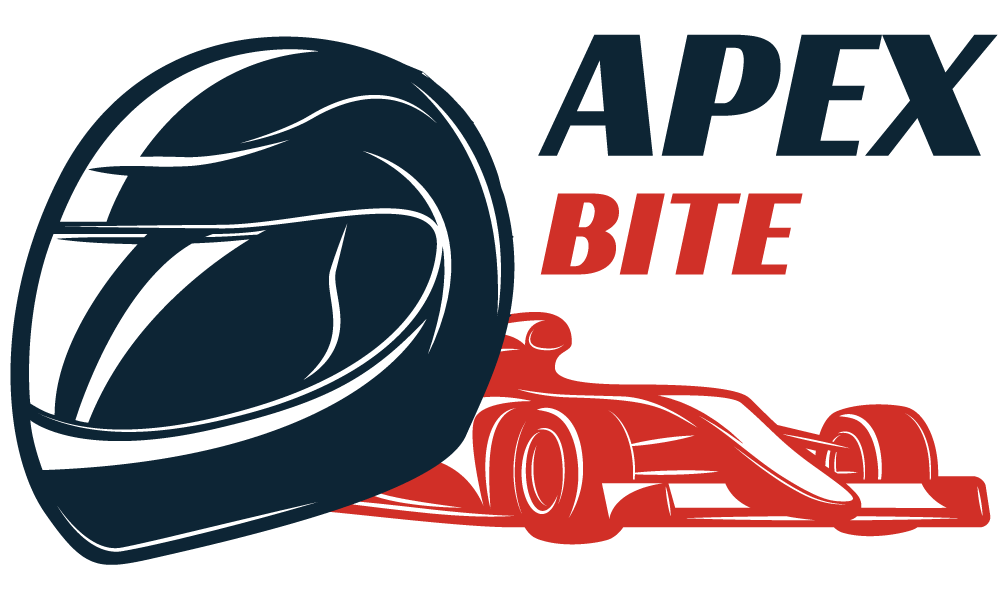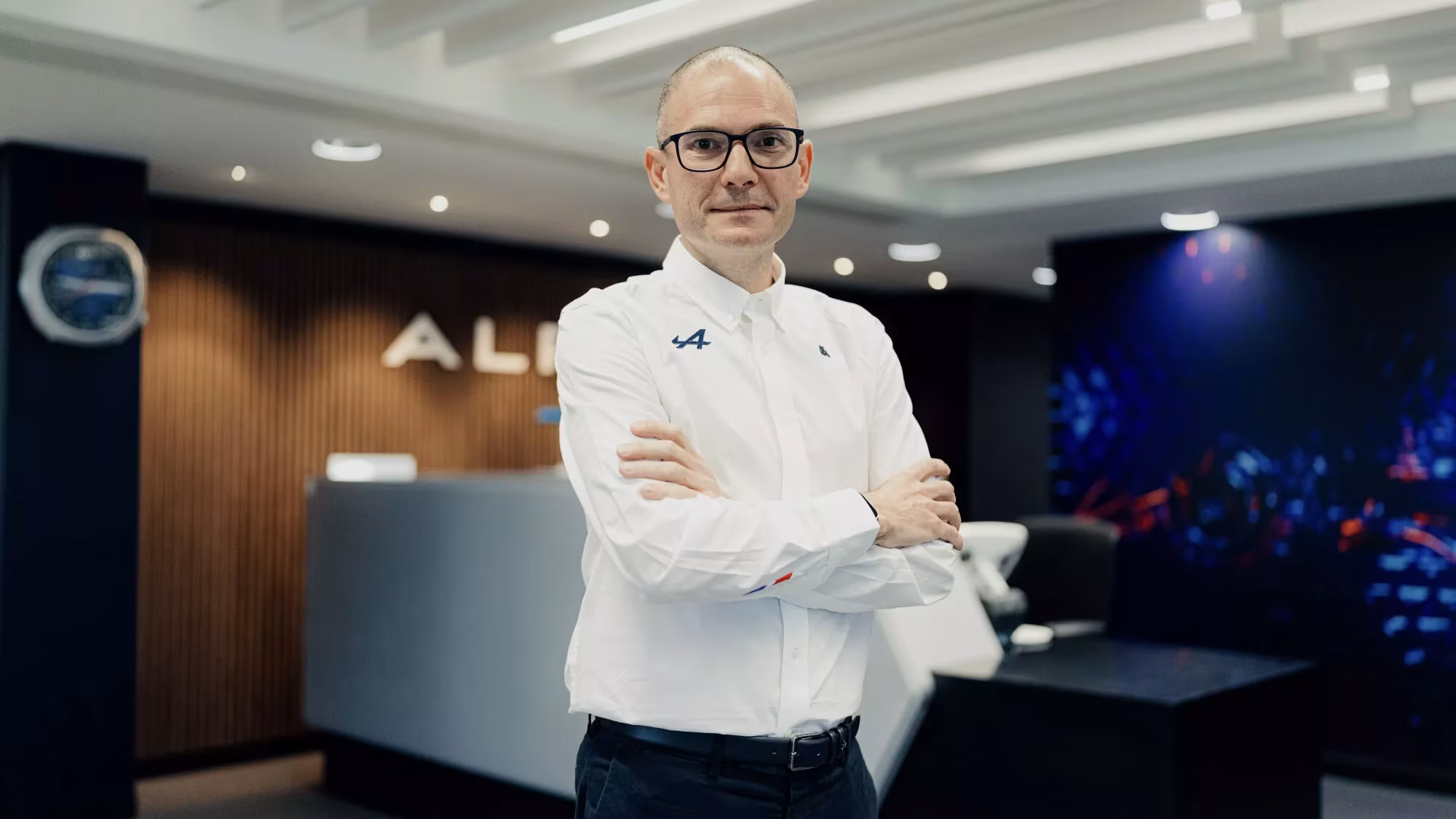Not just anyone can jump into a Formula 1 cockpit. To compete at the pinnacle of motorsport, you must possess immense talent, skill, lightning-fast reflexes, and a touch of good fortune.
But here’s the kicker: apart from all those qualifications, drivers need something called a “Super License.” This license, issued by the FIA, is the crème de la crème of racing licenses.
In simpler terms, the Super License is like a driver’s license on steroids. It’s the proof that a driver is qualified to handle an F1 car without endangering themselves or fellow racers. Essentially, it’s a driver’s license tailored specifically for the F1 elite.

To qualify for an FIA Racing Super License an applicant must meet the requirements of the FIA’s International Sporting Code, Appendix L, Article 5. As of 2021, the article states:
- A minimum age of 18 at the start of their first F1 competition.
- An existing holder of an International Grade A competition license.
- A holder of a valid driving license.
- Passing of an FIA theory test on knowledge of the F1 sporting codes and regulations when applying for the first time.
- Completed at least 80% of each of two full seasons of any of the single-seater Championships reported in Supplement 1 of the regulations.
- Accumulated at least 40 points over the previous three seasons in any combination of the championships reported in Supplement 1 of the regulations.

Hence, getting your hands on a Super License isn’t as simple as snapping your fingers.
To obtain a Super License you’ve got to earn your stripes down in the lower racing categories first, accumulating both knowledge and the necessary points that they ask for.
To snag a Super License, you’ve got to rack up a minimum of 40 points. These points are earned depending on where you stand at the end of your respective championship. There are 40 categories that earn points for the Super License, being Formula 2, Formula 3, IndyCar Series and Formula E the closest to F1.
The number of points you get isn’t one-size-fits-all and vary according to the relevance of each category. Thus, for example, the first three spots in the Formula 2 championship obtain 40 points, while the fourth driver 30. In IndyCar, the winner obtains 40 points, the second 30 and the third 20.

The Super License is automatically renewed every year while you’re in the racing game.
IF you decide to take a pit stop from the action, you can keep it for up to three years post-retirement.
But when more than three years pass and you wish to obtain the Super License again, you must complete a 300 km test in an F1 car at race pace.
How much does the F1 Super License cost?
Contrary to what one might think, the Super License is not free, and has an annual cost.
Formula 1 drivers need to cough up some cash at the end of each season to keep their Super License valid.
The base fee for this coveted license is €10,400, and for every single point a driver racks up during the Formula 1 season, they’ll be shelling out an additional €2,100. As a result, each driver ends up with a unique bill at the end of the day.
The FIA claims that the high price of the Super License is for the logistics of the circuits for the safety of the drivers.
This expense has raised a chorus of grumbles among the drivers, but the organization justifies that they earn a lot of money, and that, after all, a smart part of their income would go to their own safety.
These are the prices that some of the drivers had to pay at the end of the 2022 season:
- Max Verstappen: €963,000 (454 points)
- Charles Leclerc: €657,200 (308 points)
- Sergio Perez: €650,000 (305 points)
- George Russell: €587,900 (275 points)
- Carlos Sainz: €527,000 (246 points)
- Esteban Ocon: €23,000 (92 points)
- Fernando Alonso: €180,500 (81 points)
The F1 Super License points system
Just like with a regular driver’s license, the Super License also operates on a points system, and drivers get penalized for committing infractions.
Drivers face a race ban if they accumulate 12 points or more within a 12-month period.
After serving the race ban, the driver in question gets a clean slate with the restoration of those 12 points. Furthermore, if a driver consistently racks up infractions and the stewards deem them a risk to others, they could face a permanent suspension.
Interestingly, Sebastian Vettel has come surprisingly close to getting suspended, not once but twice. In 2017 and 2019, the German was just 3 points away from a race ban due to his accumulation of various infractions.
His deliberate collision with Hamilton in the 2017 Azerbaijan GP, shown in the video below, cost Vettel 3 points.
Romain Grosjean was the first driver to be issued a race ban, following his involvement in a multi-car collision at the opening corner of the Belgian GP, leading to a suspension for the 2012 Italian GP. If you want to know more about the points system, check this article.
Yuji Ide: the only driver to have his Super License suspended
Since the introduction of the Super License, only one driver has had their Super License suspended.
That driver was the legendary Yuji Ide, who made his Formula 1 debut with Super Aguri at the beginning of the 2006 season.
Yuji Ide is remembered not for his speed, but for his lack of it, and for being a danger on the racetrack. After just four Grands Prix in 2006, the FIA suspended his Super License, and Aguri Suzuki, the head of his team, even admitted that Ide didn’t know how to use the car.
Out of the four races he participated in, Ide could only finish one, at the Australian GP, and even then, he had numerous off-track excursions. In the rest of the races, Ide was involved in accidents. The Japanese driver couldn’t control the car and his performances were quite embarrassing.
One of his main problems was his inability to speak English, which caused serious communication issues with the team.
After his brief stint in F1, Yuji Ide went on to compete in GT and endurance racing categories. He will never be forgotten by fans.






